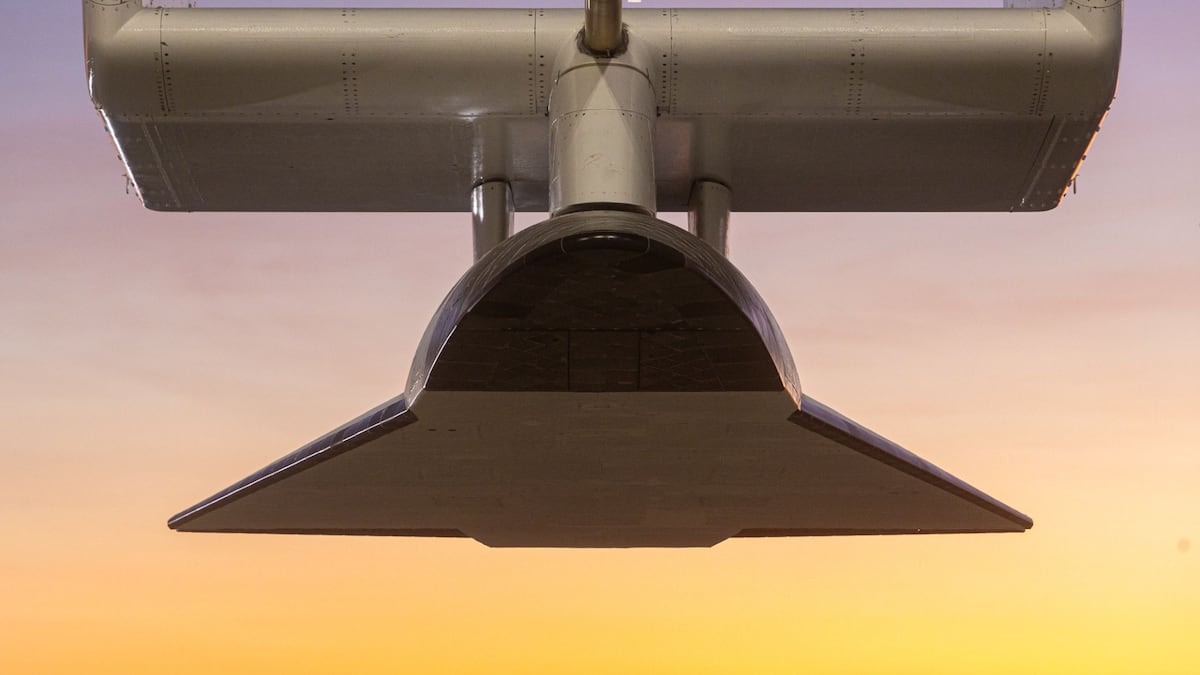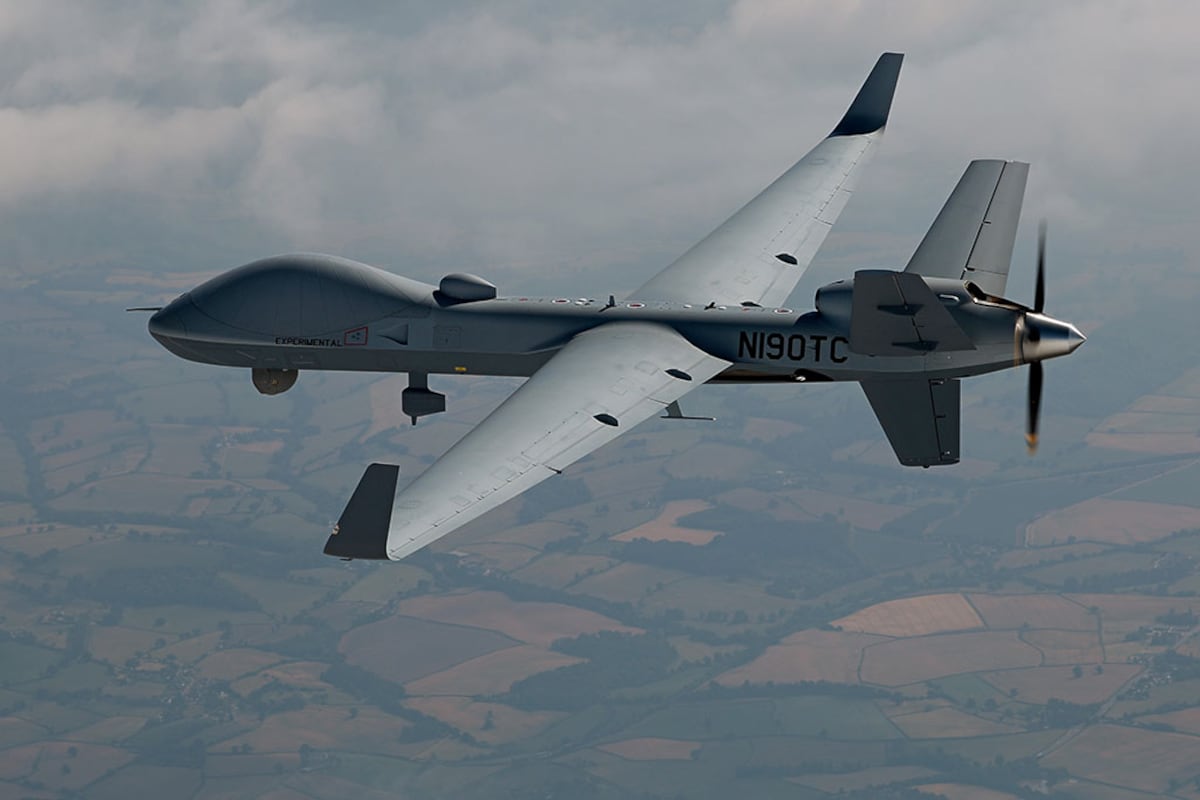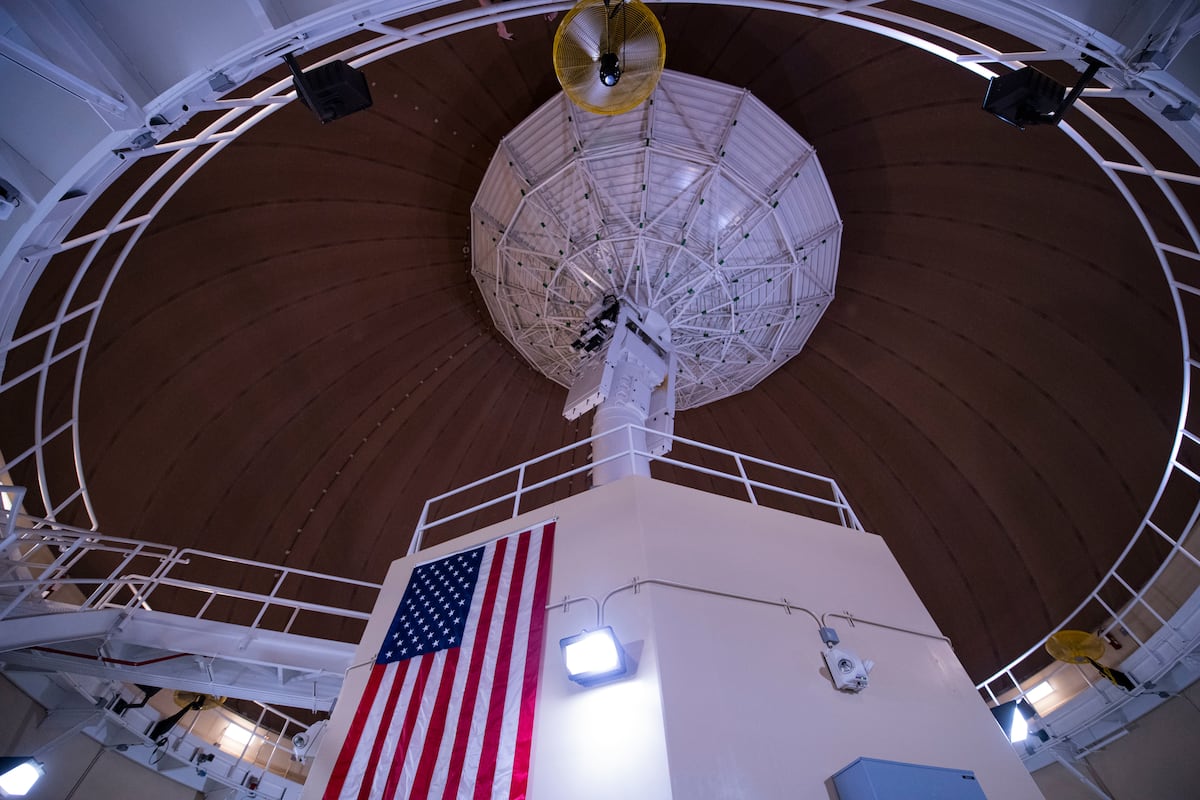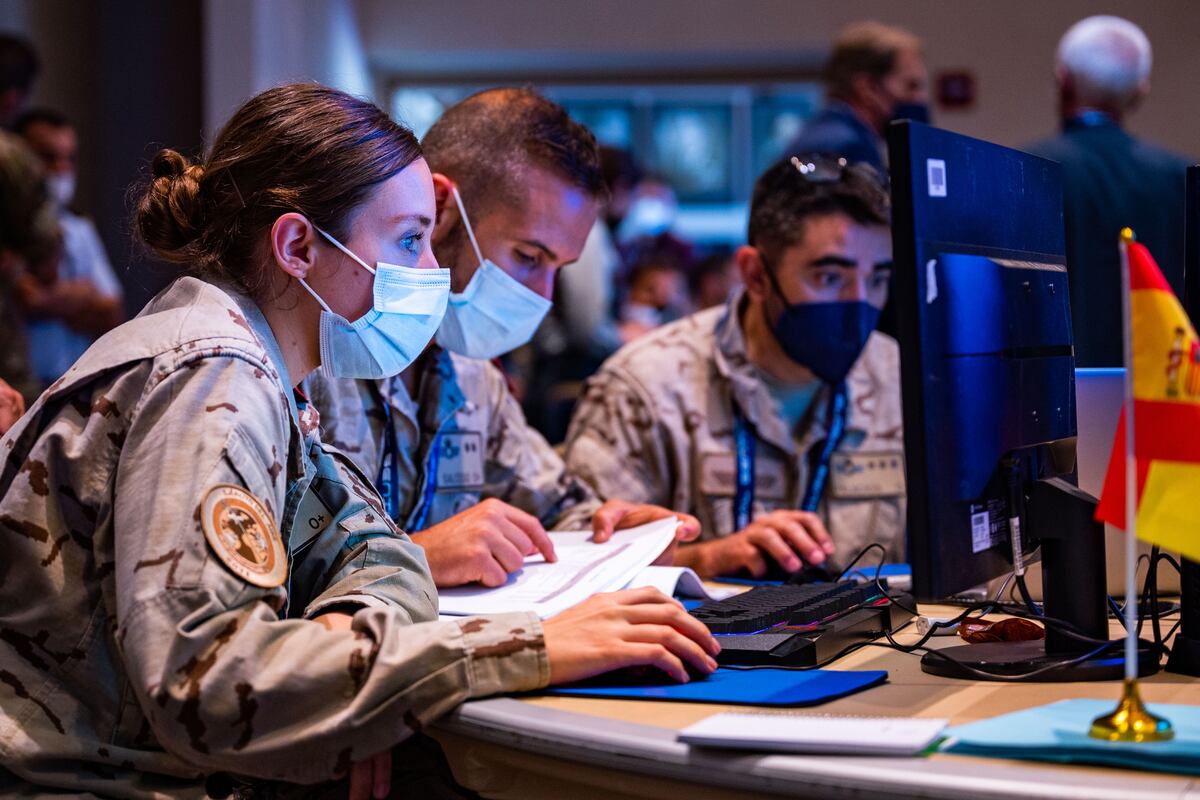Two recent groundbreaking hypersonic test flights featured a Northrop Grumman capability designed to allow high-speed systems to navigate and maneuver when GPS isn’t available.
The company told Defense News this week that its inertial measurement unit, or IMU, flew onboard Stratolaunch’s Talon-A glide vehicle during its first two hypersonic flights in December and March.
The successful demonstration of IMU technology on a hypersonic aircraft — which can travel and maneuver at speeds of Mach 5 or higher — is an industry first, according to Jonathan Green, Northrop’s chief technology officer for emerging capabilities development.
“It met all of our goals … and the fact that it survived throughout this first flight test — these are all incredibly positive developments for how we’re maturing this technology,” he said in an interview.
The Pentagon disclosed the Talon-A tests this week, marking the first successful flights of a reusable hypersonic vehicle since the X-15 program ended in 1968. The U.S. in recent years has increased its investment in high-speed weaponry and aircraft, and Stratolaunch’s testbed reflects a renewed urgency to create test opportunities for the components and subsystems needed to support major hypersonic development efforts.
Northrop’s Advanced Hypersonic Technology IMU is designed to allow high-speed systems to navigate without GPS — a capability that could be disrupted by adverse weather, difficult terrain or enemy jamming and spoofing.
Using advanced sensors to understand how a platform is moving through its environment, the IMU calculates where the system has traveled and what path it needs to take to continue on its trajectory. According to Josei Chang, senior director of advanced technologies at Northrop Grumman Mission Systems, the system performed as expected during the flight tests and accurately calculated the vehicle’s path.
While Northrop has developed IMUs for spacecraft, this version is a smaller, more rugged system, repackaged to fit on an air vehicle and designed to survive the harsh conditions of Mach 5 flight.
“What we have done within Northrop Grumman is to develop an inertial navigation technology that really started from our lineage in space-based inertial navigation,” Green said. “We took that capability, that portfolio of technology, and enhanced it.”
The hypersonic flights represent a significant milestone for the system, which is still in the research and development phase. An abstract for an upcoming navigation conference notes Northrop is developing IMU technology in partnership with the Army Combat Capabilities Development Command Aviation and Missile Systems Center, but the company declined to confirm whether it has any formal development partners or contracts.
Northrop plans to test the IMU on a sounding rocket sometime this quarter and is also eyeing another test event later this year at Holloman Air Force Base in Utah. That test will focus on how the system performs in an environment with high gravitational force.
The company is also closely tracking Talon-A’s test schedule, though Green wouldn’t confirm whether the IMU would be on Stratolaunch’s next flight, slated for this spring or summer.
“This partnership that we’ve had with Stratolaunch to get the system out there and get it tested was absolutely critical,” he said. “It does speak to the importance of being able to test these things and have the resources to test these things.”
Courtney Albon is C4ISRNET’s space and emerging technology reporter. She has covered the U.S. military since 2012, with a focus on the Air Force and Space Force. She has reported on some of the Defense Department’s most significant acquisition, budget and policy challenges.
Read the full article here








Leave a Reply